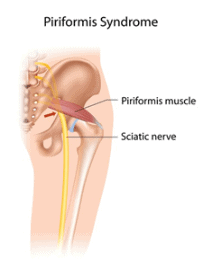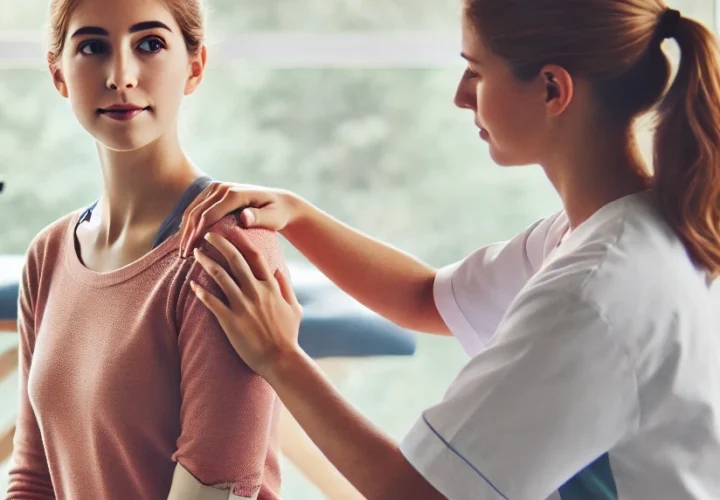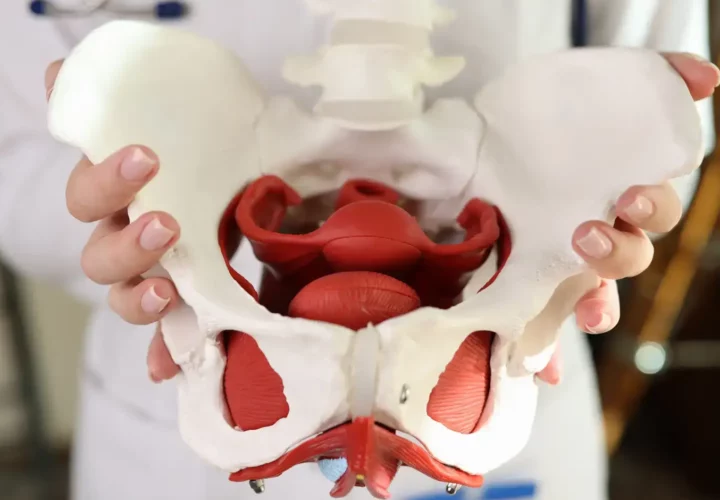This morning I was reading an article on foam rolling your piriformis/gluteus medius and came across piriformis syndrome. Piriformis syndrome really caught my attention because I actually get pain frequently on my backside near my hip.
What it is
Piriformis Syndrome is a neuro-muscular condition that is distinguished by pain in your hip and buttock. Essentially it’s just pain on your backside. This is caused because the piriformis muscle will spasm causing pain which in return can compress or irritate your sciatic nerve that is located nearby. Overall this will cause pain and numbness/tingling along the backside of your leg into your foot. It feels very similar to sciatic pain. 
Less than 200,000 people are diagnosed with this a year, making it very uncommon.
Signs and Symptoms
Some common signs and symptoms include tingling sensation and numbness as mentioned above. Others include:
- Ache and tenderness in your buttock area
- Increased pain after sitting for a long time
- Lower Back Pain
- Hip Stiffness
- Pain down the backside of your leg (thigh, calf, and foot)
- Pain after exercise. This can be walking, climbing stairs, running, etc.
Diagnosing
Though there is no conclusive test to diagnose this condition, typically the patient will have a history of overuse activity or trauma that helps diagnose piriformis syndrome. During the exam, your piriformis muscle will be moved and touched in certain directions that could bring on pain. Other tests will be done as well to help rule out any other causes of nerve compression. This may include an x-ray, MRI, or an EMG. Also your piriformis muscle may get injected with anesthetics to help your physician determine if the symptoms are from piriformis syndrome or maybe a herniated disc.
Treatment
One great treatment option is physical therapy. A physical therapist will work with you to help relieve any pain you have along with improving your mobility. Your session may start with a heat pack or ultrasound to the area to help warm it up before beginning your stretches and exercises. During your session you may also receive a hands on deep massage to the area. This should be a hands on method to help relieve some of your pain.
Other options include yoga; which can help stretch and improve your flexibility in that region and a posture check. The way you might sit while work or driving may irritate your symptoms. You can ask a therapist or a doctor for a quick postural check to help you correct any imbalances you have that could be causing your pain.



